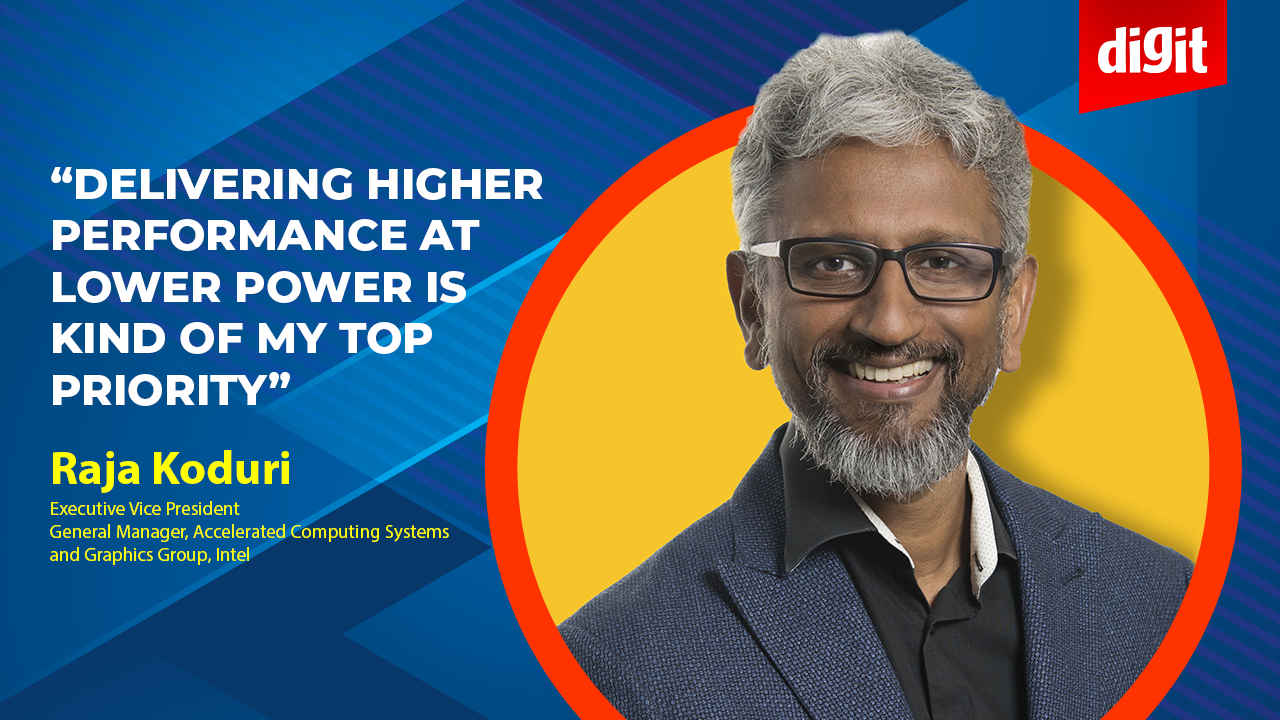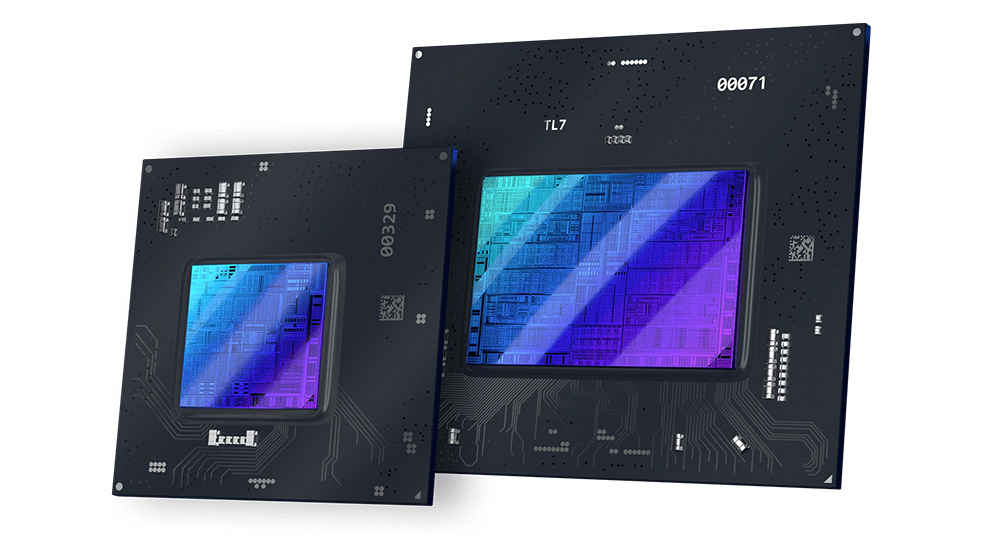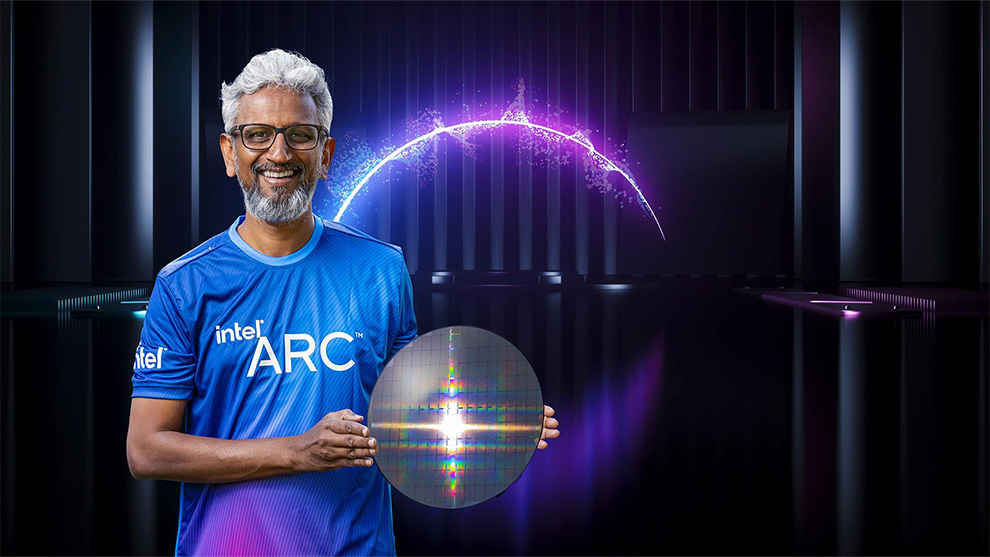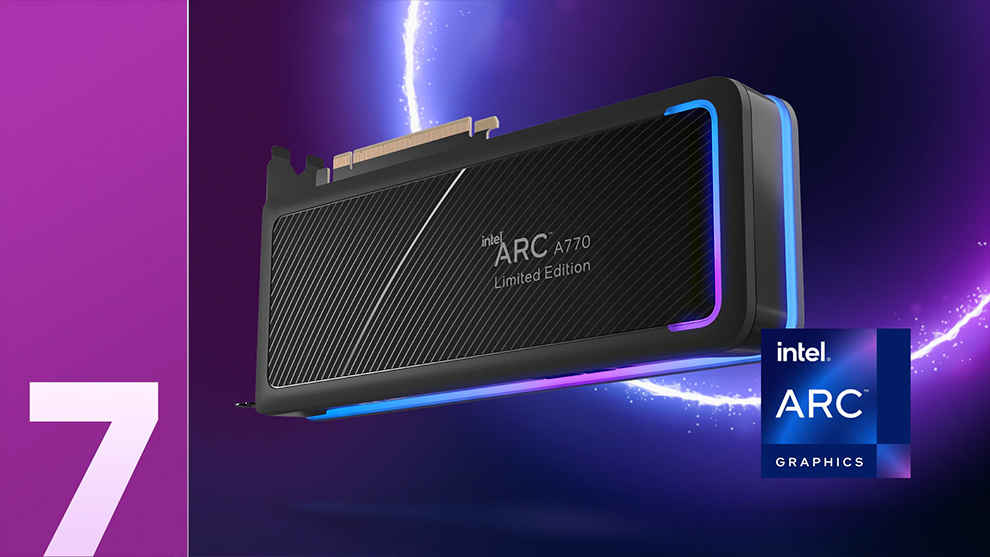Interview: Raja Koduri of Intel talks about Intel ARC GPUs and the future of their new desktop graphics

After Intel's recent launch of the Intel Arc A770 desktop graphics card, we met up with Raja Koduri (Executive Vice President and General Manager, Accelerated Computing Systems and Graphics Group) during an Intel ConnectiON event in Mumbai to talk about Intel's desktop GPU lineup and its successors.
Mithun – During a round table session with Ryan Shrout and Tom Peterson, you had mentioned that ARC had some challenges with the games that have an excessive number of draw calls. And you’d said that driver updates might mitigate that over time. So is there some timeline when the current performance of the GPUs in such use cases will come up to your expectations?
Raja – Yes, absolutely. So the two APIs that are the most challenged for on the CPU side for the draw call stuff are DirectX 9 and DirectX 11. So the DirectX 9 driver update should be happening relatively soon. And the DX11 update will come shortly thereafter. So they are imminent. I can’t say, off the top of my head, about the dates and all that stuff but soon enough there'll be some nice announcements. You know we're not talking 5% percent or 10%. In some cases it would be much, much larger. Before Christmas, you should see a big update.
NOTE: The DirectX9 update has already been announced.
As promised..even more ahead https://t.co/zSBRbq2dya
— Raja Koduri (Bali Makaradhwaja) (@RajaXg) December 7, 2022
Mithun – Considering how the launch has been low-key, are you going to be sticking to the roadmap?
Raja – Yes, very much.
Image Credit – Intel Corporation
Mithun – Are your GPU design cycles also around 24-to-30 months as the CPUs are for Intel or is it different?
Raja – Not really. Doing the new architecture is always very difficult. And new architectures take about 3-to-4 years and sometimes less. A big ambitious one like Ponte Vecchio took longer.
But after that, once you have a baseline, iterating on it is quite fast, right? You know since we are coming from nothing, right? You know if you're coming from behind in a running race, right? The one behind should run faster in the market to catch up, right? So that's our goal – we want to iterate fast so that we catch up and go ahead with competition in every cycle.
Mithun – Considering that you now have a proper desktop-grade GPU and you have understood a lot of the parameters around the design and manufacturing process, whatever learnings you have gained with Intel Alchemist, are we going to see the architectural improvements coming in Celestial or will there be something trickling down into Battle Mage?
Raja – Oh battlemage. Definitely battlemage. It's the first one that has already picked up a bunch of the architectural learnings.
Image Credit – Intel Corporation
Mithun – We’re seeing this trend on the GPU side where practically everything is consuming ridiculous amounts of power even though the manufacturers have moved to more efficient transistors and process nodes. And now 600 Watt and 800 Watt power supplies are the norm in desktop PCs. So will Intel also follow the same trend or are you going to do something different?
Raja – So Performance-per-Watt in delivering higher performance at lower power is kind of my top priority. See if you can do that then there will always be someone or some SKU or somebody who can take that thing and say, “Hey, I'm going to give you more juice”. But my sweet spot focus is to basically deliver more performance at lower power. And also the other issue I find with just increasing power and bragging about benchmarks and all, is good from a marketing standpoint but the number of PCs that can just buy your card, plug it in and do stuff dramatically reduces as your power envelope increases.
You know it's incredible how complex PCs have become. I don't do as much of building my DIYs as I used to do maybe 5-or-10 years ago but recently, I put two PCs together using both my hardware and the competition’s hardware and all. There are these 12-pin connectors and 16-pin connectors, even just getting them to go in… It’s like I live this and I found it hard.
Mithun – Yeah, it is very complicated now.
Raja – So it was funny, and you know, I had to go look at YouTube videos. So that's why I think that the PC needs simplification, right? I mean, I really still love the DIY culture. That’s actually what makes democratisation easy and all that. So I'd love to find ways to continue that and I’m thinking about how to do that in a more modular fashion. And I think the PC needs to reboot.
Image Credit – Intel Corporation
Mithun – So just to follow up on the democratisation and mass market approach. Would that mean that you would primarily focus on the mid-tier and lower-tier SKUs in your launch cycle and then push out the high end SKUs later?
Raja – As you said, the high-end has no limit. What is the definition of high-end? Is it 600 watts? Obviously our partners and our customers want some Halo SKU for bragging rights, right? We always like to figure out ways to enable that down the lane, but that's like I said, not my priority. Getting that core engine and hitting the sweet spot with maybe one power connector which kind of gets you up to 200 watts 225 watts gets you the real sweet spot. If you nail that right then you know doing something above and doing something below falls into place.
Mithun Mohandas
Mithun Mohandas is an Indian technology journalist with 10 years of experience covering consumer technology. He is currently employed at Digit in the capacity of a Managing Editor. Mithun has a background in Computer Engineering and was an active member of the IEEE during his college days. He has a penchant for digging deep into unravelling what makes a device tick. If there's a transistor in it, Mithun's probably going to rip it apart till he finds it. At Digit, he covers processors, graphics cards, storage media, displays and networking devices aside from anything developer related. As an avid PC gamer, he prefers RTS and FPS titles, and can be quite competitive in a race to the finish line. He only gets consoles for the exclusives. He can be seen playing Valorant, World of Tanks, HITMAN and the occasional Age of Empires or being the voice behind hundreds of Digit videos. View Full Profile







